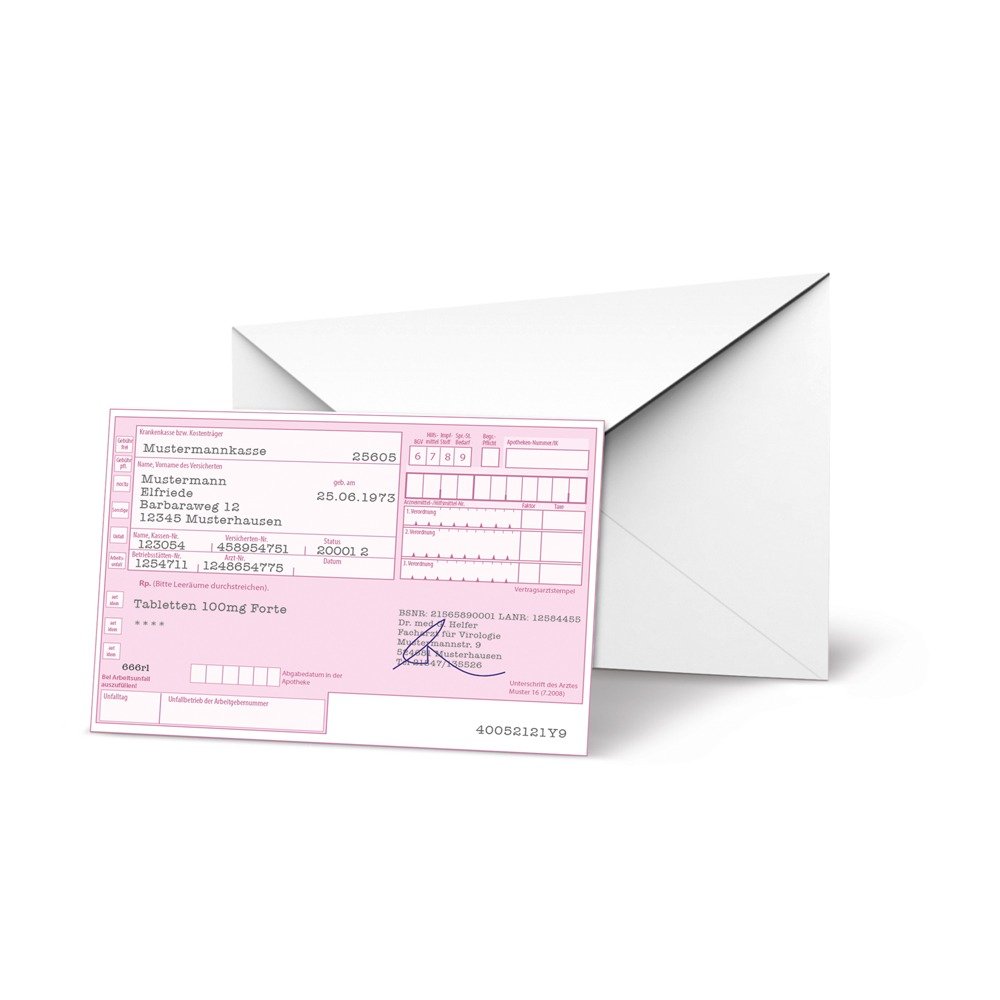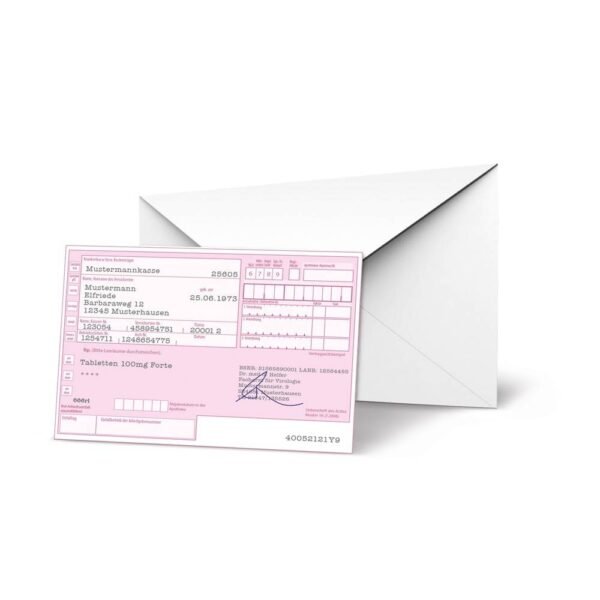pharmachologic effect
Ifosfamide is an alkylating cytostatic from the nitrogen mustard group, a derivative of oxazaphosphorines. The antitumor activity of ifosfamide is due to alkylation of nucleophilic centers, disruption of DNA synthesis, and blocking of mitotic division of tumor cells. DNA damage occurs most frequently during the G1 and G2 phases of the cell cycle.
Pharmacokinetics
After intravenous administration, the active substance, which is a prodrug (inactive transport form), is metabolized to the pharmacologically active metabolite 4-hydroxyifosfamide. It is activated by enzymes (phosphoamidase) of the liver and tumor tissue. In patients with impaired liver function, activation is slowed down and even reduced.
After a single intravenous injection of 5 g / m2, plasma concentration decreases bioexponentially, with T1 / 2 of the final phase – 15 hours and excretion of 61% of the dose unchanged; at lower doses (1.6-2.4 g / m2), excretion proceeds monoexponentially, with a T1 / 2 of about 7 hours, while the proportion of unchanged drug in the urine decreases by 4-5 times (12-18% of the dose).
Indications for the drug Holoxan
germ cell tumors;
ovarian cancer;
malignant testicular tumors;
lung cancer;
mammary cancer;
pancreas cancer;
endometrial cancer;
cervical cancer;
malignant lymphomas;
soft tissue sarcomas;
osteogenic sarcomas;
Wilms tumor;
Ewing’s sarcoma.
Open list of ICD-10 codes
Dosing regimen
Ifosfamide is part of many chemotherapy regimens, and therefore, when choosing a regimen and doses in each individual case, one should be guided by the data of special literature.
The drug is administered intravenously over 30 minutes or as a 24-hour infusion. Use a solution with a concentration not higher than 4%.
1.2-2.4 g / l / day for 3-5 days in a row or every other day until the total course dose of 10-12 g / m2 is repeated every 3 weeks;
3-5 g/m2 once every 2 weeks;
5-8 g / m2 as a 24-hour infusion once every 3-4 weeks or 3.2 g / m2 / day as a 5-day continuous infusion with an interval of 3-4 weeks.
To reduce the likelihood of hemorrhagic cystitis, mesna is used simultaneously with ifosfamide in a total dose of 60% of the ifosfamide dose.
Preparation of a solution for intravenous administration
The powder in vials is dissolved in water for injection to obtain a concentration of 40 mg / 1 ml.
For intravenous administration within 30 minutes, the resulting solution is diluted in 500 ml of 0.9% sodium chloride solution, Ringer’s solution or 5% dextrose solution.
To administer the drug as a 24-hour infusion, the resulting solution of the drug is diluted in 3 liters of 0.9% sodium chloride solution or 5% dextrose solution. Ifosfamide and mesna can be mixed in the same infusion solution.
Side effect
From the hemopoietic system: leukopenia, thrombocytopenia, anemia. The lowest level of the number of leukocytes and platelets is noted after 7-14 days, the restoration of the blood picture usually occurs 21 days after the end of the course.
From the digestive system: nausea and vomiting; rarely – stomatitis, a violation of liver function, usually manifested as an increase in the activity of liver enzymes and / or the level of bilirubin in the blood serum.
From the urinary system: hemorrhagic cystitis, dysuria, frequent urination and other symptoms of inflammation of the bladder (blood in the urine, painful urination), impaired renal function (increased concentration of creatinine and urea in the blood serum, decreased creatinine clearance. glycosuria). Proteinuria and metabolic acidosis may also occur.
From the side of the central nervous system: disorientation, confusion, hallucinations, fatigue, agitation, encephalopathy; less often – dizziness; rarely – convulsive seizures, coma, peripheral polyneuropathy.
On the part of the reproductive system: dysfunction of the gonads (azoospermia, amenorrhea).
From the skin and skin appendages: reversible alopecia, photosensitivity.
Local reactions: redness, swelling or pain at the injection site.
Other: cardiotoxic effect, immunosuppression, infectious complications, slowing down the rate of wound healing, pulmonary symptoms (cough or shortness of breath), fever, allergic reactions.
Contraindications for use
pronounced inhibition of bone marrow function;
severe impairment of kidney function;
obstruction of the urinary tract;
cystitis;
pregnancy;
lactation;
hypersensitivity to ifosfamide.
With caution: hypoproteinemia, hypoalbuminemia, electrolyte imbalance, old age, immunosuppression, diabetes mellitus, chronic liver failure, brain metastases, cerebral symptoms, chickenpox (including recent or after contact with patients), herpes zoster , acute infectious diseases.











